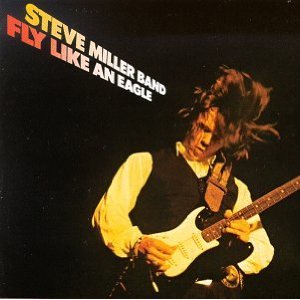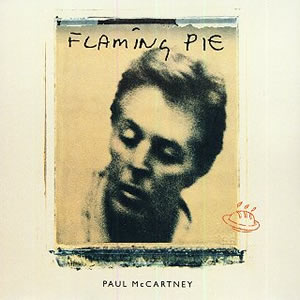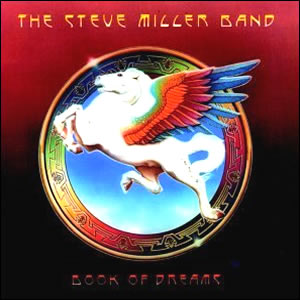Fly Like An Eagle by
Steve Miller Band
Buy Fly Like An Eagle With his ninth studio release, Steve Miller struck commercial gold in the quadruple platinum selling 1976 album, Fly Like An Eagle. The music on the album moves through […]



